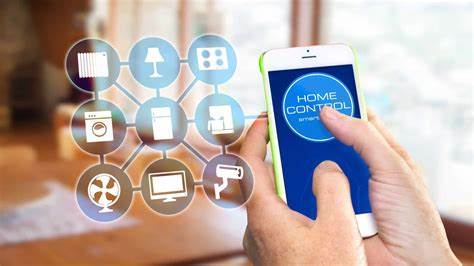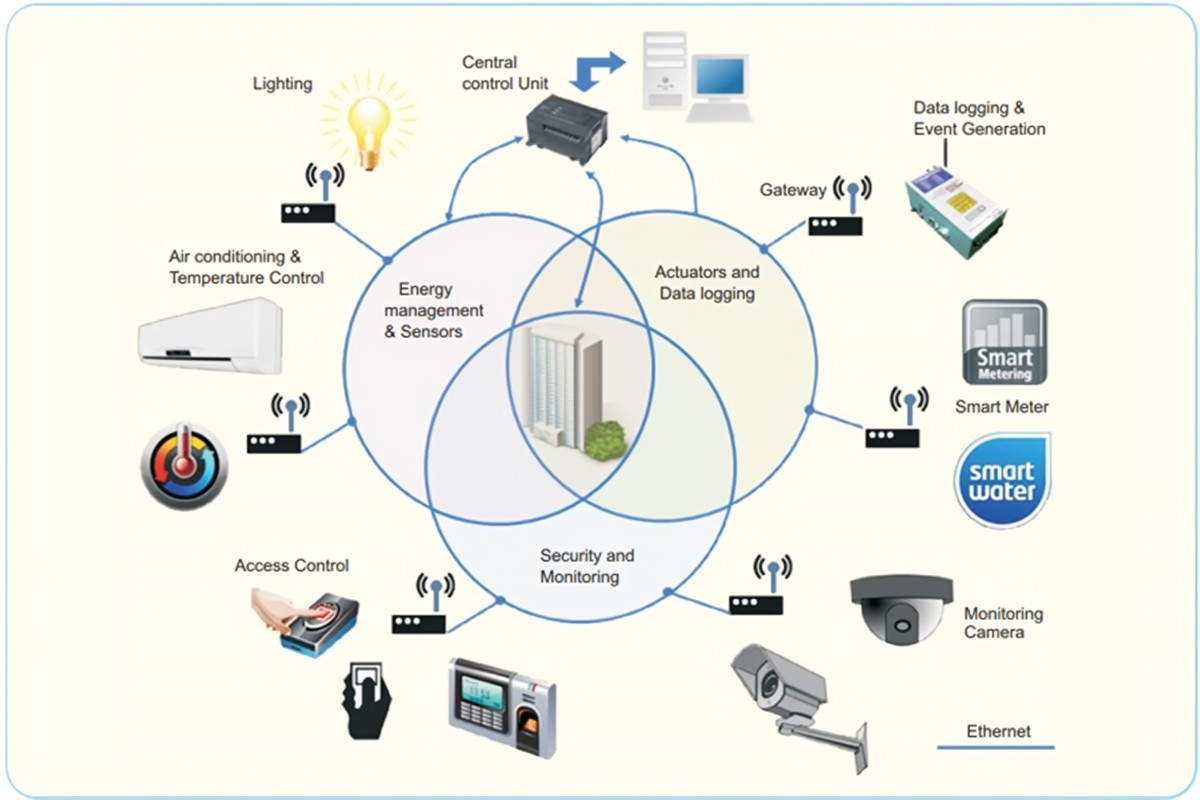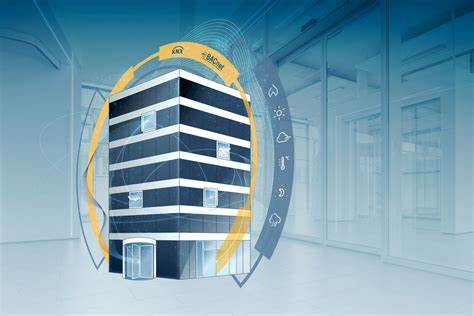
Smart Building Automation: Challenges, Opportunities, and Future Outlook
Introduction
Smart building automation refers to the use of technology, specifically the Internet of Things (IoT), artificial intelligence (AI), and data analytics, to automate and optimize various aspects of building operations and management. This article explores the importance and relevance of smart building automation, as well as its historical background and key concepts.
Historical Background
Building automation systems have evolved since the early 20th century when mechanical devices were first used to control heating, ventilation, and air conditioning (HVAC) systems. However, it was not until the emergence of smart building automation that the true potential of technology in improving building efficiency and occupant comfort was realized. Milestones in the development of smart building automation technology include the introduction of integrated systems, the incorporation of sensors and actuators, and the integration of AI and machine learning algorithms.
Key Concepts and Definitions
To fully understand smart building automation, it is essential to grasp key concepts such as IoT, AI, machine learning, and data analytics. IoT refers to the network of interconnected devices and sensors that enable the collection and exchange of data. AI refers to the ability of machines to mimic human intelligence and make decisions based on data analysis. Machine learning is a subset of AI that enables machines to learn from data and improve their performance over time. Data analytics involves the extraction of insights and patterns from large datasets to inform decision-making.

Benefits of Smart Building Automation
Smart building automation offers numerous benefits, including energy efficiency and cost savings. By optimizing the use of resources such as lighting and HVAC systems, buildings can reduce energy consumption and lower operating costs. Additionally, smart building automation enhances occupant comfort and satisfaction through personalized settings and improved indoor air quality. Lastly, the integration of smart technology enables improved maintenance practices and promotes sustainability through proactive equipment monitoring and automated fault detection.
Technical Challenges in Smart Building Automation
While the benefits of smart building automation are evident, there are several technical challenges that need to be addressed. Interoperability and compatibility issues arise due to the variety of proprietary systems and protocols used in building automation. Security and privacy concerns also arise as the increased connectivity of devices increases the risk of unauthorized access and data breaches. Furthermore, the scalability and complexity of systems pose challenges in terms of system integration and management.
Operational Challenges in Smart Building Automation
Apart from technical challenges, there are operational challenges that must be tackled. Lack of standardized protocols and communication models hinder seamless integration between various building systems and devices. Integration with legacy systems and equipment poses additional difficulties as older infrastructure may not be compatible with smart building automation technology. Lastly, there is a need to bridge the training and skill gaps among building operators and technicians to effectively utilize and maintain smart building automation systems.

Case Studies or Examples
To illustrate the practical implementation of smart building automation, case studies provide real-world examples. One such case study involves the implementation of smart building automation in a commercial office building. By integrating various systems and using data analytics, the building achieved significant energy savings and improved occupant comfort. Another case study focuses on smart home automation, showcasing how IoT devices and AI technology can enhance convenience and energy efficiency in residential settings. Additionally, a case study highlighting the use of smart building automation in a hospital facility demonstrates how technology can improve patient care and operational efficiency.
Current Trends or Developments
Current trends in smart building automation include the integration of AI and machine learning to optimize building operations and maintenance. Advanced sensors and IoT devices are also being utilized to collect and analyze data in real-time, enabling more informed decision-making. Furthermore, the adoption of cloud-based platforms allows for centralized control and management of multiple buildings, resulting in streamlined operations and improved efficiency.

Challenges or Controversies
Despite the numerous benefits, smart building automation faces challenges and controversies. Privacy concerns arise from the collection and sharing of sensitive data, raising questions about data ownership and consent. Reliability and cybersecurity risks are also significant, as interconnected systems are vulnerable to hacking and malicious attacks. Additionally, resistance to change and lack of awareness among building owners and managers can impede the adoption and implementation of smart building automation solutions.
Future Outlook
The future of smart building automation looks promising, with increasing adoption worldwide. Advancements in AI and machine learning will enable predictive maintenance and optimization, reducing downtime and improving overall building performance. Furthermore, the integration of renewable energy sources will contribute to the development of sustainable smart buildings, aligning with global efforts to combat climate change and promote energy efficiency.
Conclusion
In conclusion, smart building automation presents immense opportunities for improving building efficiency, occupant comfort, and sustainability. With the right approach to address technical and operational challenges, the widespread adoption of smart building automation can usher in a new era of intelligent and sustainable buildings. It is crucial for further research and implementation to continue advancing this transformative technology.




